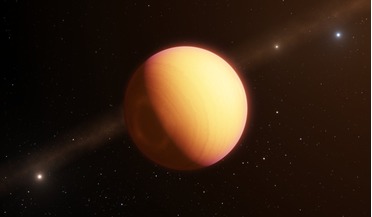 27 March 2019
Storm-plagued exoplanet revealed in detail with GRAVITY
27 March 2019
Storm-plagued exoplanet revealed in detail with GRAVITY
... possible. The instrument is GRAVITY and it was born from the desire to observe very small details on faint objects. It sits on ESO’s Very Large Telescope Interferometer (VLTI) and represents a huge step forward in observing objects in visible light...
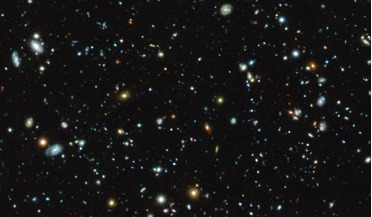 29 November 2017
Deepest spectroscopic survey completed of the Hubble Ultra Deep Field
29 November 2017
Deepest spectroscopic survey completed of the Hubble Ultra Deep Field
...of research already conducted into the HUDF, with the help of MUSE (Multi Unit Spectroscopic Explorer) on ESO’s Very Large Telescope in Chile, astronomers have produced a groundbreaking dataset that has already resulted in 10 science papers which are...
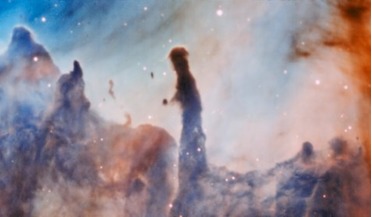 03 November 2016
MUSE instrument produces spectacular new images of the Carina Nebula
03 November 2016
MUSE instrument produces spectacular new images of the Carina Nebula
... R37 in the Carina Nebula. Credit: ESO/A. McLeod When a massive star is first...their surroundings, as they tend to blast out large quantities of ionising radiation. However, observing this... the images, they are actually very diffuse, and it is possible ...
 11 March 2020
Ultra-hot exoplanet literally rains iron say astronomers
11 March 2020
Ultra-hot exoplanet literally rains iron say astronomers
...-dispersion spectroscopy – the study of the absorption and emission of light and other radiation by matter – using ESO’s Very Large Telescope (VLT). The authors, whose work was just published in Nature and was led by David Ehrenreich at Observatoire...
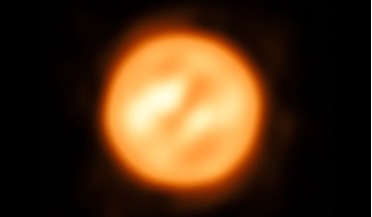 25 August 2017
Most detailed image ever of a star other than our Sun
25 August 2017
Most detailed image ever of a star other than our Sun
The most detailed image ever of a star other than our Sun has been constructed by astronomers using ESO’s Very Large Telescope Interferometer (VLTI). The star is the red supergiant Antares – the brightest star in the heart of the constellation of ...
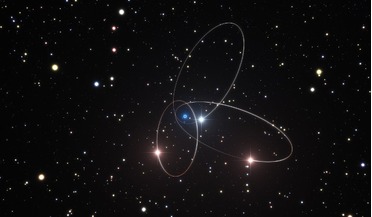 09 August 2017
Stars orbiting Sgr A* hint at relativistic effects
09 August 2017
Stars orbiting Sgr A* hint at relativistic effects
..., with the help of S2 again and observations from ESO’s Very Large Telescope (VLT), a team of German and Czech astronomers have...and it is expected to soon reveal general relativistic effects very clearly. It will also allow astronomers to look for ...